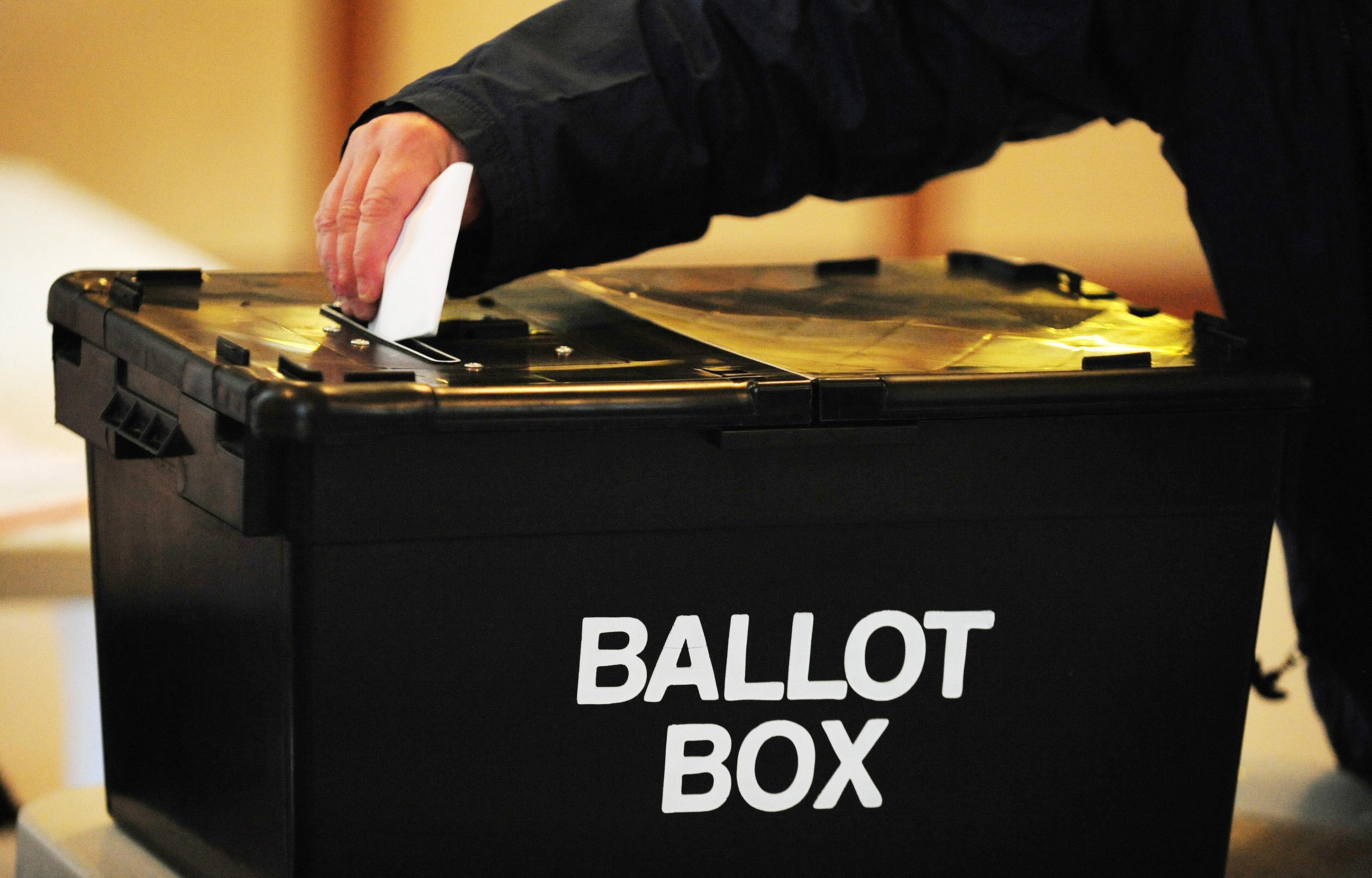Results are still trickling in so there is only one thing we know for certain about the council elections in Scotland.
The direction of travel is massively favouring the Conservatives.
No longer toxic, it would seem, the party is gaining seats in every part of the country.
That does not mean the Tories will control many, or indeed any, administrations, despite the party’s current confidence of being the largest group in Perth and Kinross, but it does show their apparent revival at last year’s Holyrood election was not a flash-in-the-pan.
On the face of it, there will likely be much for the SNP to celebrate.
They will become the largest party in Glasgow and should take control of the council there, while it is unlikely there will be any substantial losses, with the possible exception of the aforementioned Perthshire.
What Nationalist strategists should – and probably will – be worrying about, however, is whether Scottish politics is re-balancing away from their party.
The electorate does not appear to be moving back to Labour, but instead is shifting towards the Tories.
Seats are not just being won by the Conservatives in traditional heartlands, although they are performing well in those too, but in the previously unthinkables like Cowdenbeath, Paisley, and Barrhead.
That does not mean the SNP’s position as the dominant party in Scotland is immediately under threat, of course, but it does give cause for thought.










